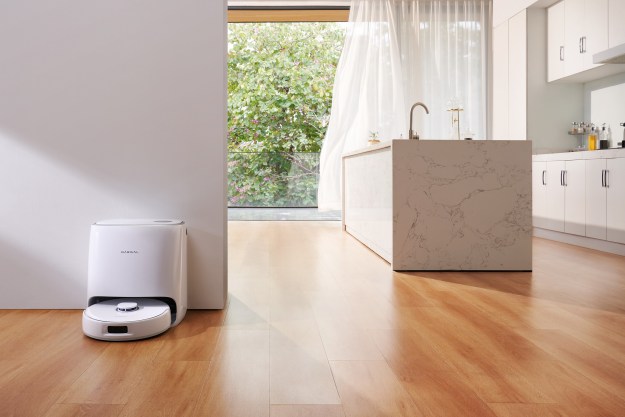
Comcast, the second-largest Internet service provider in the United States, has made it official: as of October 1, users of its broadband data services will be restricted to 250 GB of traffic a month. Comcast stresses this cap is considerably higher than its median customer usage—which the company says is 2 to three GB per month—and the new limits should impact fewer than 1 percent of its total user pool.
Comcast first publicly considered the idea of bandwidth caps last May, mentioning it might institute a new policy charging users $15 for every 10 GB they go over a bandwidth limit. The new policy set to go into effect October 1 doesn’t carry any fees for excessive usage. Instead, if a customer exceeds the 250 GB/month limit, the customer “may” receive a call from Comcast with notification of excessive use. If a customer is one of the top users in a six-month timeframe and goes over the usage cap a second time, Comcast says it might suspend data service for a year.
Comcast isn’t alone in capping Internet user’s bandwidth: Cox Communications has caps ranging from 5 to 75 GB of traffic per month with some of its subscription plans, and Time Warner Cable is testing usage caps.
Although Comcast isn’t saying so explicitly, the usage caps are intended to cut down on the amount of network resources consumed by heavy users of Internet file-sharing services like BitTorrent. Nonetheless, plenty of legitimate Internet users—the kinds of things Comcast’s partners might like to encourage—might run afoul of the ban as well. Comcast says the bandwidth cap is high enough to download 125 standard definition movies per month…that means it’s enough to download perhaps 30 high-definition movies in a month, and we know folks who could easily go through 30 high-def movies in a week. If they’re on Comcast, they might think twice about using video services like Netflix.
Some industry watchers—and Comcast critics—argue that genuine competition in the U.S. broadband market would providers would invest in their networks—and network management—rather than capping users capabilities. “If the United States had genuine broadband competition, Internet providers would not be able to profit from artificial scarcity—they would invest in their networks to keep pace with consumer demand,” said the Free Press’s research director S. Derek Turner in a statement. “Unfortunately, Americans will continue to face the consequences of this lack of competition until policymakers get serious about policies that deliver the world-class networks consumers deserve.”
Editors' Recommendations
- Wyze Home Monitoring provides 24/7 protection for just $5 per month
- New Comcast feature limits the amount of time kids spend on the internet


